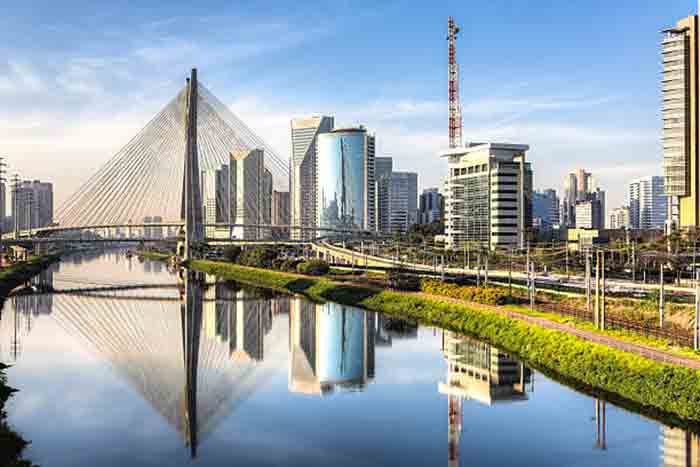In terms of length, the Nile and the Amazon are the two longest rivers in the world. The Amazon and the Yangtze are the second and third longest. But a river’s length is not always its primary characteristic. Some rivers are incredibly long and are renowned for their natural beauty. Other long rivers are less well known, but they still have a great deal to offer.
Nile

The Nile River flows through the country of Egypt and is the largest river in the world. Its riverbed is divided into stretches of gentle water and rapids. Along the river’s course, it passes through five famous cataracts. The river is not completely navigable, but sections between the cataracts can be accessed by river steamers and sailing vessels.
The Nile’s source is a small stream that drains the Ethiopian Plateau. The stream is reputed to have originated from Lake Tana, a lake approximately 1,400 square miles. This lake supplies 7% of the river’s total flow and is a significant source of silt-free water.
Amazon
The Amazon River is the longest river in the world, measuring 6,800 kilometers. Its headwaters are in the Andes in Peru. The Nile, which is 6,695 kilometers long, is the next longest river. But what exactly is the origin of the Amazon? A group of Brazilian scientists claim that they have found the source of the river. According to the director of the Brazilian Institute of Geography and Statistics, Guido Gelli, the Amazon is already the longest river in the world.
The Amazon is a vast river system with over 1,000 tributaries. It has many smaller streams, and 17 of them are longer than 1,500 kilometers. The longest tributary is the Madeira, which flows through Bolivia and Brazil. Its other namesake, the Purus, runs through Peru and Colombia, and the Yapura is over 1,750 miles long.
Yangtze
The Yangtze River has the distinction of being the longest river in the world. It is known for its varied habitat, which supports many species of animals. The river is home to the elusive snow leopard and pheasants of all colors. Besides that, it sustains over three hundred and seventy species of fish, more than 280 species of mammals, and 146 species of amphibians and reptiles. The river is also home to a large population of migratory birds, Check out the post right here.
Other rivers that are long enough to be considered long include the Nile and Amazon. However, many people do not consider these rivers to be the world’s longest rivers. Many factors and scales are involved. Traditionally, the Nile was the longest river, but the Amazon River has fierce defenders who think it’s longer.
Rio de la Plata
The Rio de la Plata, or River Plate, is a vast waterway located on the southern border of Argentina and Uruguay. This river has a funnel-shaped delta that stretches 290 kilometers long and is home to many different kinds of fish and wildlife. The river is also home to the La Plata dolphin and various species of sea turtle. There are also several species of freshwater crabs and game birds that live in this area.
The river received its name from an indigenous legend that the Silver Mountain was located upstream. This legend was later confirmed by the Spanish explorer Juan Diaz de Solis, who gave it its modern name. This expedition heard stories about the Silver Mountain, which was thought to be located in the mountains upstream.
Yukon
The Yukon River is one of the world’s longest rivers, and is home to many fish species, including salmon and moose. It is a popular tourist destination, particularly for wilderness canoe trips. Many visitors also paddle down the river each year for events such as the Dawson City Music Festival and the Moosehide Gathering.
Conclusion:
The Yukon River flows from British Columbia, Canada, through the province of Yukon, and into the Bering Sea. It has a total length of nearly 2,000 miles and covers a watershed area of nearly 300,000 square miles. The Yukon River is thought to have been the primary route used by early human settlers to reach North America. It also served as a main route for the Klondike gold rush, and was so popular that paddle-wheel riverboats were the main means of transportation until the Klondike Highway was built.
